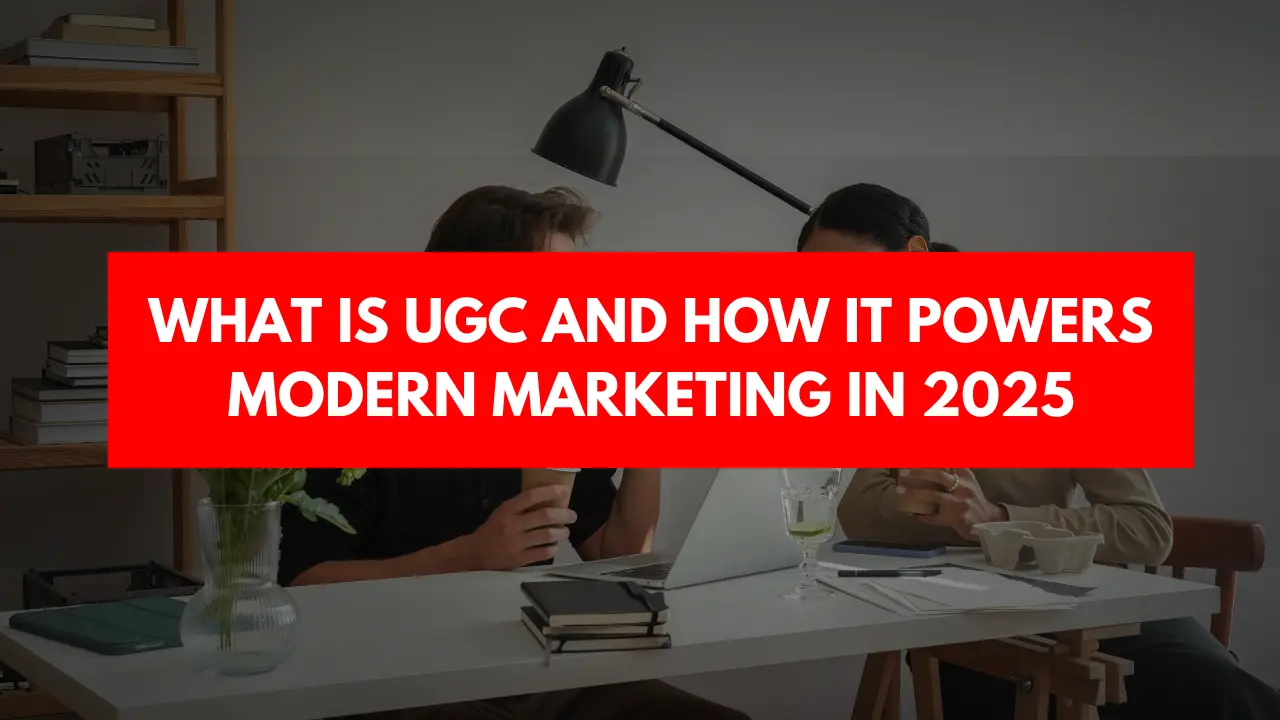In the ever-evolving landscape of digital marketing, brands are constantly seeking authentic ways to engage with their audiences. Enter user generated content (UGC)—the lifeblood of modern marketing strategies. But what is UGC? At its core, UGC refers to any form of content—images, videos, reviews, or social posts—created by consumers rather than the brand itself. This dynamic shift from traditional advertising to leveraging customer-generated content has redefined how brands establish trust, foster loyalty, and amplify their reach.
Imagine a world where your customers become your most compelling storytellers. With examples of user generated content like unboxing videos, heartfelt testimonials, or candid social media posts, brands can effortlessly connect with their audiences on a human level. The magic lies in its authenticity. Unlike polished ads, UGC carries the voice of real people, creating an undeniable sense of relatability.
So, what is UGC content, and why does it matter? It powers UGC marketing by transforming everyday consumers into brand ambassadors. By learning to share user-generated content on social media and exploring top UGC platforms, businesses can unlock unparalleled potential. Ready to embrace the future of marketing? Discover how UGC can elevate your brand to extraordinary heights.
The Definition of UGC: A Closer Look
To truly understand what is UGC content, let’s explore its foundations. What does UGC stand for? Simply put, it stands for user generated content. This can include anything from a glowing Instagram post about a product to a heartfelt video review shared on YouTube. What makes it unique is its authenticity; it’s created by real people, not corporations, making it more relatable and credible to other consumers. From ugc paid platforms to organic customer-generated content, UGC has emerged as a powerful tool for modern marketing.
Why UGC Matters in Modern Marketing
The ugc meaning goes beyond its literal definition. It’s about how brands leverage this content to create genuine connections. Traditional advertisements often come across as overly polished or insincere. UGC, on the other hand, brings a raw and real perspective that resonates deeply with audiences. Whether it’s user created content shared on social media or examples of user generated content in influencer campaigns, UGC embodies the voice of the customer.
Consider these key benefits:
- Authenticity: Consumers trust other consumers. UGC showcases real experiences, building trust more effectively than traditional ads.
- Engagement: UGC drives higher interaction rates. People are more likely to engage with content created by peers.
- Cost-Effectiveness: Unlike professional campaigns, UGC often requires minimal investment while delivering maximum impact.
Examples of UGC in Action
Brands worldwide have tapped into the power of UGC to amplify their marketing efforts. Here are some compelling ugc examples:
- Social Media Campaigns: Companies like Starbucks encourage customers to share photos of their coffee with unique hashtags, creating a flood of organic user generated content social media posts.
- Influencer Collaborations: Partnering with influencers to create authentic ugc content examples helps brands reach niche audiences.
- Product Reviews: Amazon and other e-commerce giants rely heavily on customer reviews, which serve as impactful ugc advertising tools.
The Role of UGC in Influencer Marketing
What is the definition of UGC in influencer marketing?
In this context, UGC takes on a new dimension. Influencers, who already have a loyal following, create content that blends seamlessly with their personal brand while promoting a product. This influencer generated content strikes a perfect balance between authenticity and advertising, making it a key component of modern user-generated content marketing.
UGC and Social Media: A Perfect Pairing
Social media platforms are the lifeblood of UGC. From Instagram to TikTok, users are constantly sharing experiences and creating ugc style content that brands can leverage. How to get UGC for your brand on these platforms? Encourage participation through contests, hashtags, and incentives. By making it easy for users to share user-generated content on social media, brands can cultivate a thriving community of advocates.
The Different Types of UGC
Understanding the diverse forms of UGC is crucial for crafting an effective marketing strategy. Here are some popular types:
- Reviews and Testimonials: These provide social proof, reassuring potential customers about the quality of a product or service.
- Photos and Videos: Visual content, like ugc images or ugc style videos, is highly engaging and perfect for platforms like Instagram and YouTube.
- Blog Posts and Articles: Customers writing about their experiences can significantly boost a brand’s credibility.
- Social Media Posts: Tagging brands in posts or using branded hashtags creates a ripple effect of organic promotion.
How to Leverage UGC Effectively
Harnessing UGC requires a strategic approach. Here’s how brands can maximize its potential:
- Encourage Participation: Launch campaigns that invite users to create content. Highlight the best examples of UGC content to inspire others.
- Use UGC Platforms: Leverage the best user generated content platforms to streamline the collection and curation of content.
- Incentivize Creators: Offering rewards, recognition, or discounts can motivate users to share their experiences.
- Integrate UGC into Advertising: Use UGC in traditional marketing materials, such as digital ads or email campaigns, to enhance authenticity.
UGC Campaign Success Stories
Let’s explore some brands that have mastered ugc marketing:
- Airbnb: By showcasing real photos from users, Airbnb has built a brand that feels personal and trustworthy.
- Coca-Cola: Their “Share a Coke” campaign encouraged people to post pictures with personalized bottles, resulting in millions of pieces of ugc content.
- GoPro: The company’s emphasis on user-submitted action footage has made them synonymous with adventure and excitement.
Overcoming UGC Challenges
While the benefits are immense, UGC isn’t without its challenges. Some concerns include:
- Quality Control: Not all content meets brand standards.
- Copyright Issues: Always obtain permission before using user-created content.
- Negative Feedback: Some UGC may highlight flaws or dissatisfaction.
To navigate these issues, establish clear guidelines for content submission and monitor your campaigns closely.
Future of UGC in Marketing
The evolution of UGC shows no signs of slowing down. With advancements in technology, such as AI and AR, ugc in marketing will continue to innovate. Brands should focus on fostering deeper connections by exploring unique ugc ideas and staying ahead of trends in ugc advertising and ugc social media strategies.
Conclusion
So, What is UGC, and why is it the backbone of modern marketing? It’s more than just a buzzword; it’s a game-changing approach that empowers consumers and brands alike. By embracing the authenticity of user generated content, businesses can unlock unparalleled engagement, build trust, and achieve sustainable growth. Whether it’s through ugc paid platforms, ugc campaigns, or creative ugc content ideas, the possibilities are endless. The question is, are you ready to harness the power of UGC for your brand?




